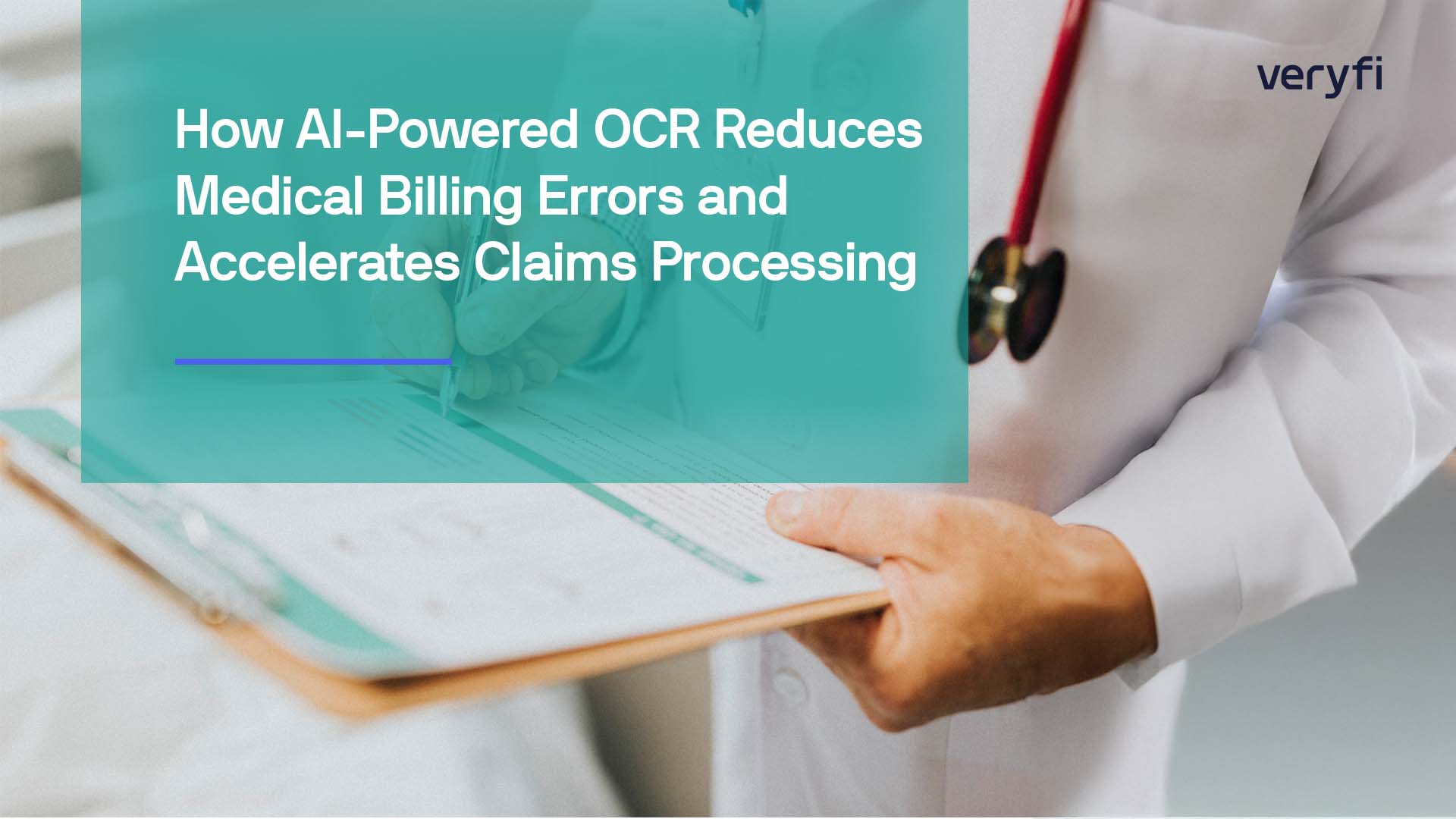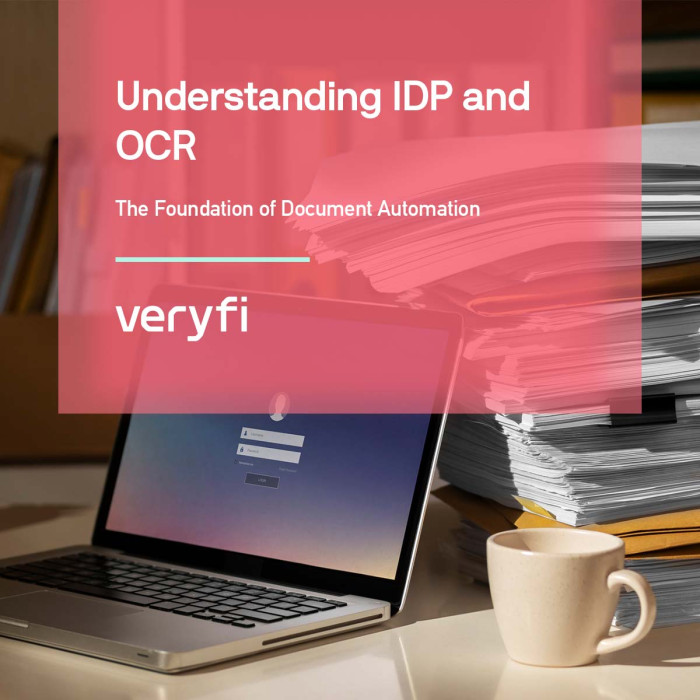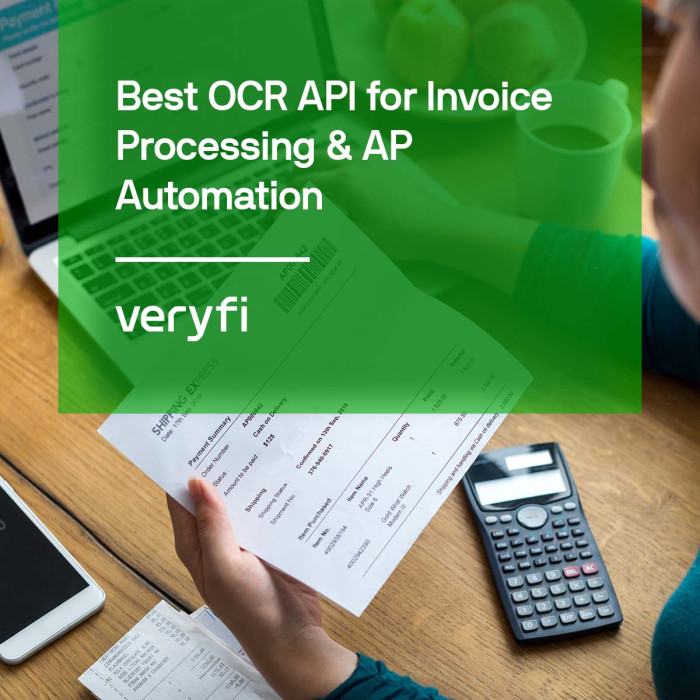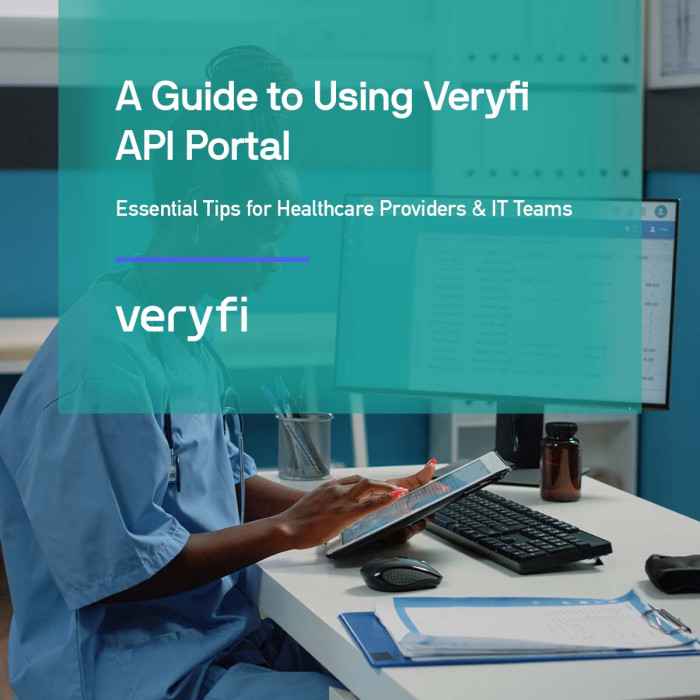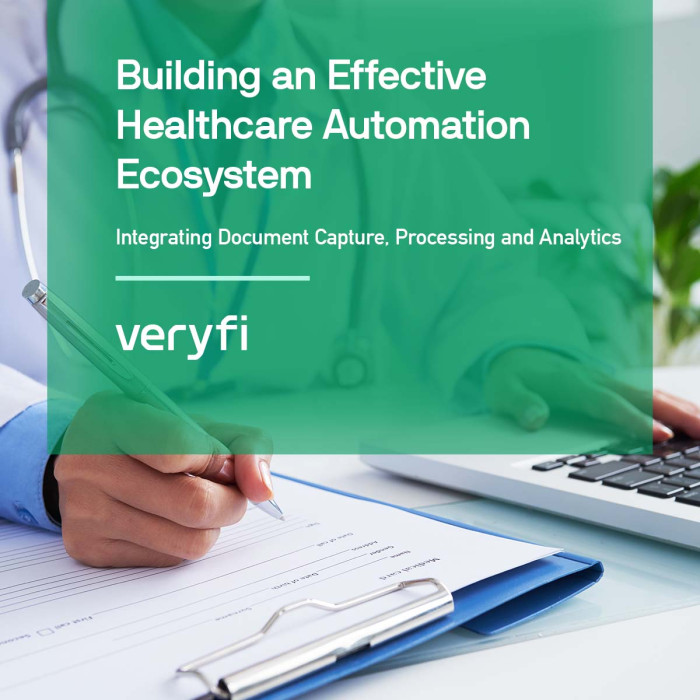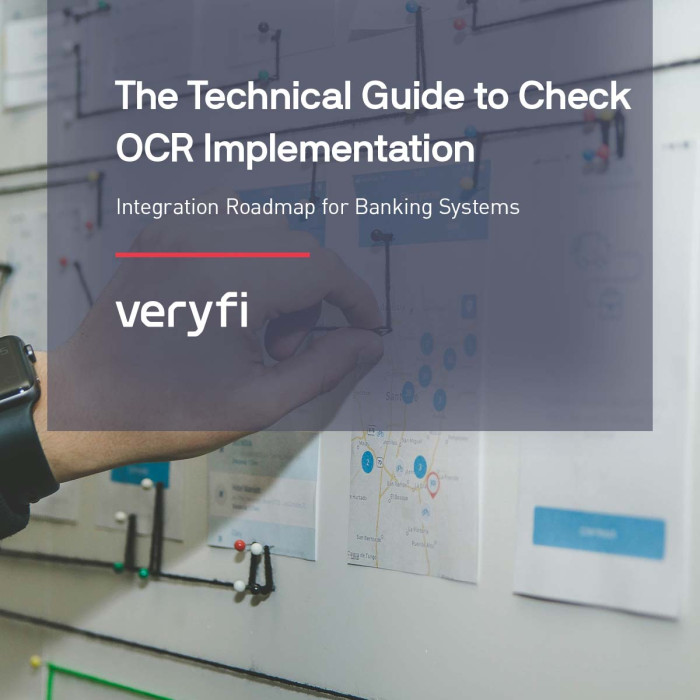Medical billing is a complex, time-consuming process that can lead to significant financial strain when errors occur. Billing departments are overwhelmed with paperwork, reimbursements are delayed, and claim rejections are common. A simple typo or missing digit in an insurance policy number can result in weeks of back-and-forth corrections.
What if you could scan an insurance card, extract the relevant details instantly, and verify the information before submission—all without human intervention? AI-powered OCR for medical billings makes that possible, streamlining workflows and improving accuracy.
What you’ll learn in this article:
- The hidden costs and inefficiencies of manual medical billing.
- How AI-powered OCR transforms insurance card data extraction and claim processing.
- The financial impact of AI automation and how to calculate ROI for your organization.
- A real-world case study on how the NHS improved efficiency using AI-driven document processing.
The Hidden Costs of Manual Medical Billing
If you work in healthcare finance, you understand the frustration of billing inefficiencies. Here are some of the biggest challenges:
- Endless Data Entry – Billing staff spend hours manually entering patient details and insurance information, increasing the risk of errors.
- Processing Delays – Paper-based workflows slow down reimbursements, forcing providers to wait weeks or even months for payments.
- Denied Claims – Even minor mistakes—like an incorrect policy number or mismatched patient data—can lead to rejected claims and lost revenue.
- Regulatory Risks – Inaccurate insurance data can result in compliance violations, audits, and potential penalties.
The Reality: Studies show that claim denials cost hospitals an average of $25 to $117 per claim in lost revenue and rework. If your team processes hundreds or thousands of claims per week, those costs add up fast.
How AI-Powered OCR Simplifies Data Entry and Medical Billing
Instead of relying on manual data entry, AI-powered OCR extracts, verifies, and enriches insurance card data instantly. Here’s how:
Key Features of Veryfi AI-Powered OCR
- No-code solution – Users can train models without writing any code, using a browser-based UI.
- API integration – For developers, Veryfi provides API endpoints for model creation, data upload, and training.
- Customization with SDKs – Developers can integrate Veryfi’s OCR capabilities directly into their applications using SDKs for various programming languages, enabling tailored AI solutions for different workflows.
- Flexible image input – Supports various file formats, including images and PDFs.
- Scalability – Models can be trained on datasets ranging from 50 to 1000+ samples, depending on complexity.
- EHR Integration – Automatically populates patient information, reducing manual data entry and improving data accuracy.
Instant Insurance Card Data Extraction
- Automatically captures patient ID, policy number, provider details, and coverage limits with near-perfect accuracy.
- Recognizes handwritten, printed, and digital formats across different insurance providers.
- Normalizes extracted data for seamless integration with billing systems.
AI-Driven Business Rules for Post-Processing
- Auto-verifies insurance details against payer databases, reducing errors.
- Standardizes provider names and formats to ensure clean claim submissions.
- Flags missing or incorrect data before submission, cutting down on claim denials and administrative follow-ups.
The ROI of AI in Healthcare Billing
Hospitals and clinics are under pressure to do more with fewer resources. AI-powered OCR helps by reducing administrative burdens and cutting costs.
The Numbers Speak for Themselves:
- 99% accuracy in insurance card data extraction, significantly reducing billing errors.
- 40% fewer claim denials due to cleaner, standardized submissions.
- 2x faster claim processing, reducing wait times for reimbursements.
- 20-month payback period—AI-powered automation pays for itself in less than two years.
How to Calculate Your ROI: Determining the return on investment (ROI) for AI-powered OCR is simple. Start by estimating your current costs—manual data entry hours, claim rejection rates, and rework expenses. Then, compare it to the projected savings from automation, including reduced errors, faster claim approvals, and lower administrative costs. Need guidance? Contact our team for a customized ROI assessment.
| ROI Factor | Current Process Costs | Projected Savings with Veryfi |
| Manual data entry hours | X hours per week | 50-70% reduction in hours |
| Claim rejection rates | X% of total claims | 40% fewer denials |
| Rework expenses for denied claims | $X per month | Significant reduction |
| Administrative costs | $X per year | Lower overhead expenses |
| Claim processing time | X days per claim | 2x faster processing |
Use this table as a guide to plug in your own numbers and estimate the financial impact of AI-powered OCR on your organization. Schedule an assessment call with a Veryfi expert to analyze these metrics and create a tailored implementation plan that fits your business needs.
Case Study: How the NHS Uses AI to Process 500,000+ Patient Records Monthly
The UK’s National Health Service (NHS) was facing a growing administrative crisis. With patient records piling up and staff overwhelmed by manual data entry, errors were becoming more frequent, leading to medical mistakes and delayed claim approvals. Processing claims was a tedious, error-prone task, draining resources and frustrating both patients and providers.
Determined to improve efficiency, the NHS turned to AI-powered Intelligent Document Processing (IDP). By implementing automated OCR, they revolutionized the way patient records and insurance claims were handled. Instead of staff manually inputting data, the system could instantly extract, validate, and categorize medical records, reducing human error and accelerating workflows.
The Results:
- 500,000+ patient records processed monthly with AI-driven OCR, reducing administrative workload.
- 22% decrease in medical errors, improving patient safety and data accuracy.
- Faster claim approvals, leading to quicker reimbursements and better cash flow for healthcare providers.
With AI automating the tedious work, NHS staff could redirect their focus to patient care rather than paperwork. The shift not only enhanced efficiency and financial stability but also improved the overall quality of healthcare delivery.
Future-Proof Your Healthcare Billing with AI
In today’s fast-moving healthcare landscape, AI-powered OCR isn’t just an advantage—it’s a necessity. Whether you run a small clinic or a large hospital network, automating claim processing can reduce errors, lower costs, and get you paid faster.
Next Steps:
- Watch the full demo to see how AI-powered OCR transforms insurance card processing.
- Sign up for a free trial and experience seamless claim automation.
- Book a consultation to explore AI-driven billing solutions for your organization.
It’s time to say goodbye to billing headaches—let Veryfi do the heavy lifting!
